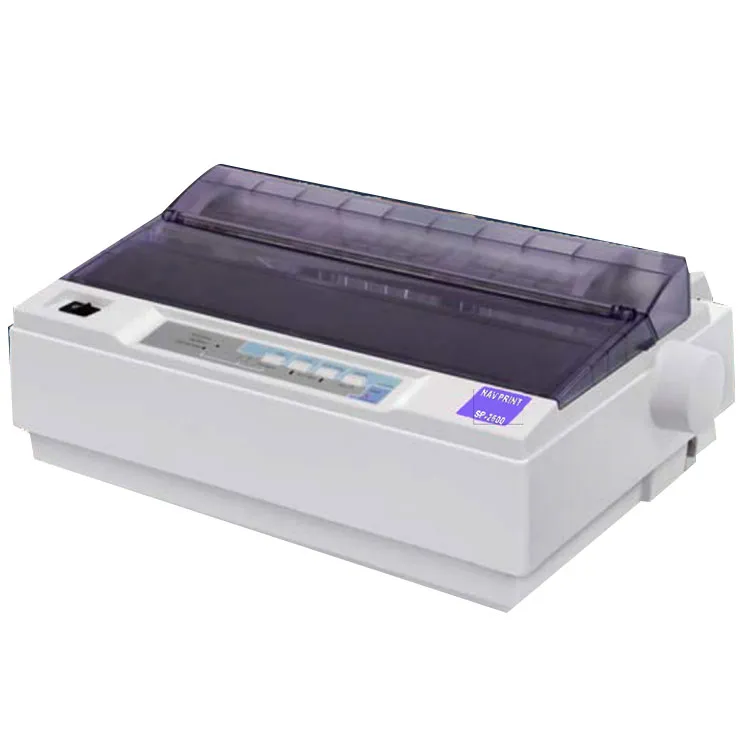Marine Printers: Navigating the Waves of Communication and Documentation
2024-09-26
In the fast-paced maritime industry, effective communication and accurate documentation are paramount. From shipping companies to research vessels, the need for reliable printing solutions has led to the emergence of marine printers. These specialized devices are designed to withstand the unique challenges of marine environments, ensuring that essential information is always at hand. In this blog, we’ll delve into what marine printers are, their features, types, and applications in the maritime sector.

What is a Marine Printer?
Marine printers are ruggedized printing devices specifically engineered for use in marine settings. They are built to endure harsh conditions such as humidity, salt exposure, and temperature fluctuations. These printers produce high-quality prints essential for navigation, compliance, and daily operations aboard ships and vessels.
Key Features of Marine Printers
1. Durability: Marine printers are constructed with robust materials that can withstand the rigors of life at sea. They are resistant to vibrations and impacts, ensuring longevity and reliability in tough environments.
2. Weather Resistance: Designed to cope with moisture and salt, these printers are often rated for protection against water and dust, making them ideal for maritime applications.
3. Portability: Many marine printers are lightweight and compact, allowing for easy transport and setup in various locations aboard a vessel.
4. High-Quality Output: Marine printers deliver crisp, clear prints that are crucial for navigation charts, safety instructions, and compliance documents, ensuring that information is always legible.
5. Versatile Connectivity: Equipped with multiple connectivity options, such as USB, Bluetooth, and Wi-Fi, marine printers can easily integrate with onboard computers and devices, streamlining the printing process.
Types of Marine Printers
1. Inkjet Printers:
- Description: These printers are ideal for high-quality color printing, producing vibrant graphics and detailed images.
- Uses: Commonly used for printing navigation charts, maps, and promotional materials.
2. Thermal Printers:
- Description: Utilizing heat to transfer ink onto paper, thermal printers provide quick, quiet, and efficient printing.
- Uses: Often used for printing receipts, labels, and tickets, especially in operational settings.
3. Dot Matrix Printers:
- Description: Known for their durability, dot matrix printers use pins to strike an ink ribbon against the paper.
- Uses: Ideal for printing multi-part documents such as logs, reports, and invoices.
4. Mobile Printers:
- Description: Compact and battery-operated, these printers are designed for on-the-go printing.
- Uses: Perfect for use in various areas of a ship, especially during cargo handling or inspections.
Applications of Marine Printers
1. Navigation and Chart Printing: Vital for producing and updating nautical charts, ensuring safe passage and compliance with maritime regulations.
2. Documentation: Essential for generating important paperwork, including cargo manifests, inspection reports, and safety documents.
3. Labeling: Used to create labels for equipment, safety gear, and inventory management, helping maintain organization on board.
4. Communication: Marine printers facilitate the printing of notices, operational instructions, and bulletins, ensuring clear communication among crew members.
5. Promotional Materials: Useful for creating marketing materials, brochures, and informational flyers to engage clients and stakeholders.
Conclusion
Marine printers are indispensable tools in the maritime industry, offering reliable and efficient printing solutions tailored to the unique challenges of life at sea. Their durability, weather resistance, and high-quality output make them essential for navigation, documentation, and effective communication. As technology continues to evolve, marine printers will likely incorporate advanced features to enhance their functionality, making them even more valuable in maritime operations. Investing in a quality marine printer can significantly improve operational efficiency and safety, making it an essential asset for any vessel.

